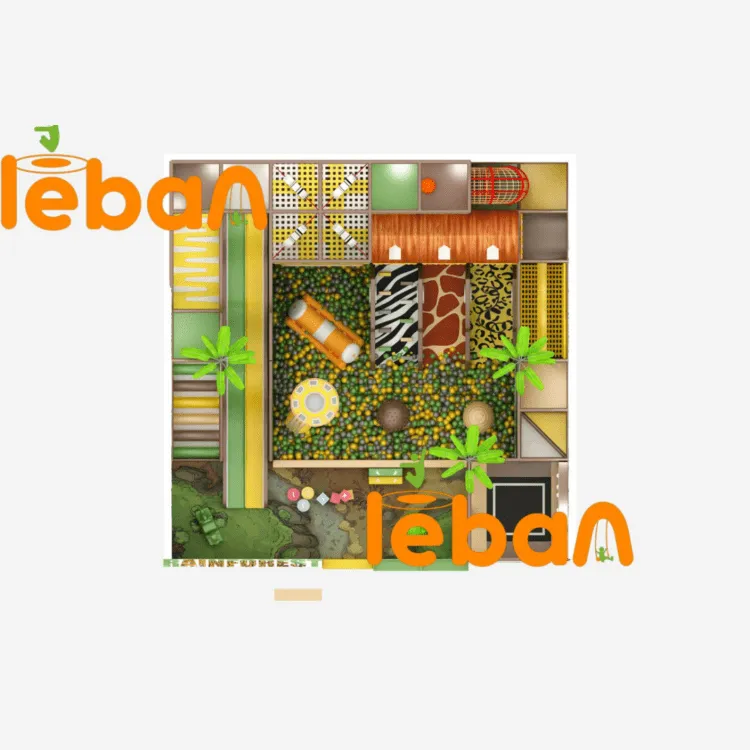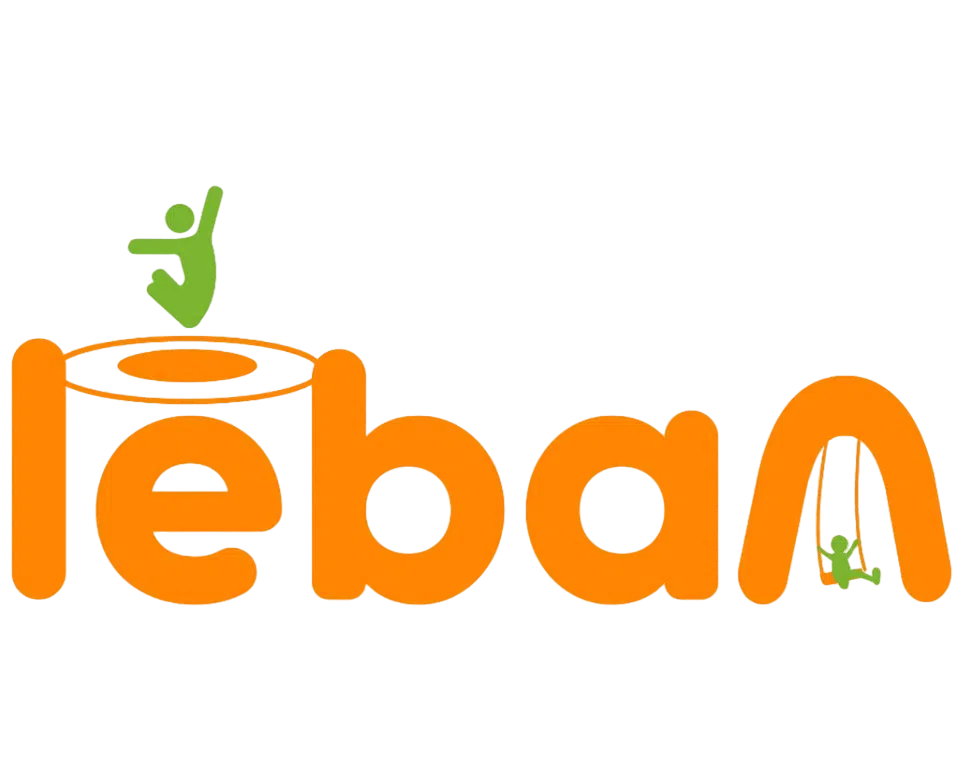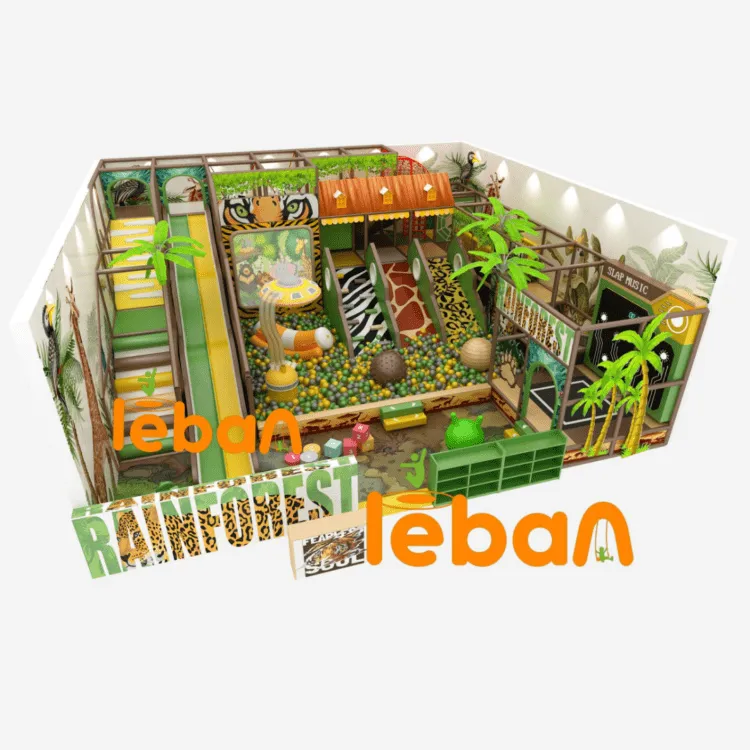Understanding the Manufacturing Process of Inflatable Slides
The production of inflatable slides involves a careful selection of high-quality materials that ensure safety, durability, and performance. The materials used in inflatable slide production have evolved significantly over the years, incorporating advanced technologies and improved manufacturing processes. Today's inflatable slides are engineered to withstand extensive use while providing maximum enjoyment for users of all ages.
Modern manufacturing facilities employ sophisticated techniques to combine various materials that meet strict safety standards and regulatory requirements. Understanding these materials is crucial for manufacturers, buyers, and operators alike, as they directly impact the longevity and functionality of the final product.
Primary Materials in Modern Inflatable Slides
Commercial Grade PVC
Commercial grade PVC (Polyvinyl Chloride) is one of the most fundamental materials used in inflatable slide production. This versatile material offers exceptional durability and resistance to wear and tear. The PVC used in professional-grade inflatable slides is typically 18oz to 28oz in weight, providing the perfect balance between flexibility and strength.
Manufacturers often choose fire-retardant PVC variants that meet international safety standards. These materials undergo rigorous testing to ensure they can withstand various weather conditions while maintaining their structural integrity. The PVC coating also provides a smooth surface that enhances the sliding experience and makes cleaning and maintenance easier.
Reinforced Nylon Fabric
The backbone of many inflatable slides consists of reinforced nylon fabric, which provides the structural support necessary for safe operation. This material features a tight weave pattern that prevents stretching and maintains shape even under constant use. The materials used in inflatable slide production must include this essential component to ensure long-term durability.
Modern nylon fabrics used in inflatable slides are treated with special coatings that enhance their weather resistance and UV protection capabilities. This treatment helps prevent degradation from sun exposure and extends the product's lifespan significantly.
Specialized Components and Reinforcement Materials
Double-Stitched Seams and Threading
The quality of seam construction is crucial in inflatable slide manufacturing. Industrial-grade polyester or nylon threading is used to create double-stitched seams that prevent air leakage and enhance structural integrity. These threads are specifically designed to resist UV damage and maintain their strength over time.
Manufacturers employ specialized sewing techniques and materials used in inflatable slide production to ensure that all seams can withstand the pressure of constant inflation and the stress of regular use. The threading material is often treated with water-resistant compounds to prevent deterioration from moisture exposure.
Reinforcement Points and Anchor Materials
Critical stress points in inflatable slides require additional reinforcement materials to prevent tears and maintain stability. D-rings, anchor points, and tie-down straps are typically made from heavy-duty stainless steel or galvanized materials that resist corrosion. These components are essential materials used in inflatable slide production for ensuring safety and stability during operation.
The reinforcement areas often incorporate extra layers of PVC or specialized webbing materials to distribute stress evenly and prevent damage to the main structure. This attention to detail in material selection helps extend the product's lifespan and maintain safety standards.

Safety and Protection Features
Impact-Absorption Materials
Safety is paramount in inflatable slide design, and manufacturers incorporate various impact-absorption materials throughout the structure. High-density foam padding is strategically placed in landing areas and potential impact zones. These materials used in inflatable slide production help reduce the risk of injury while maintaining the fun factor of the experience.
The foam materials are typically enclosed in waterproof, antimicrobial coverings that prevent moisture accumulation and bacterial growth. This combination of materials ensures both safety and hygiene for users of all ages.
Non-Slip Surfaces
Specialized non-slip materials are essential for steps, climbing surfaces, and landing areas. These textured materials provide secure footing while resisting wear from constant foot traffic. The materials used in inflatable slide production must meet specific friction coefficients to ensure user safety while maintaining durability.
Many manufacturers incorporate rubberized compounds or textured PVC surfaces that offer excellent grip even when wet. These materials are carefully selected to balance safety requirements with the need for easy maintenance and cleaning.
Environmental Considerations and Sustainable Materials
Eco-Friendly Alternatives
The inflatable slide industry is increasingly adopting environmentally conscious materials in their production processes. New developments in biodegradable plastics and recycled materials are being incorporated where possible without compromising safety or durability. These innovative materials used in inflatable slide production represent the industry's commitment to sustainability.
Manufacturers are also exploring PVC alternatives that offer reduced environmental impact while maintaining the necessary physical properties for safe and enjoyable use. These developments are shaping the future of inflatable slide manufacturing.
Weather-Resistant Coatings
Advanced coating technologies play a crucial role in protecting inflatable slides from environmental factors. UV-resistant finishes and weather-protective coatings extend the life of the materials while maintaining their appearance and structural integrity. These protective materials used in inflatable slide production help ensure long-term performance in various climate conditions.
Modern coating materials often incorporate antimicrobial properties that help prevent the growth of mold and mildew, particularly important for slides used in humid environments or water parks.
Frequently Asked Questions
What makes commercial-grade PVC different from standard PVC?
Commercial-grade PVC used in inflatable slides features higher density, greater durability, and specific fire-retardant properties. It undergoes specialized treatment processes to enhance its resistance to UV rays, tears, and punctures, making it significantly more robust than standard PVC materials.
How long do the materials in inflatable slides typically last?
With proper maintenance and care, the materials used in high-quality inflatable slides can last 5-7 years or more. The lifespan depends on factors such as usage frequency, exposure to weather elements, and the quality of the initial materials used in production.
Are the materials safe for children and environmentally friendly?
Yes, materials used in modern inflatable slide production must meet strict safety standards and regulations. Many manufacturers now use non-toxic, phthalate-free materials that are safe for children while also incorporating eco-friendly options where possible without compromising safety or durability.

